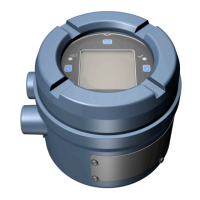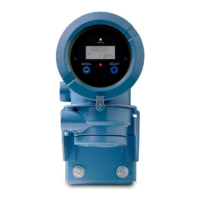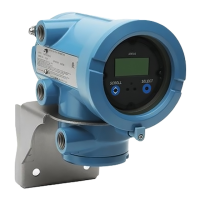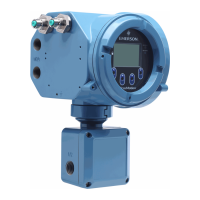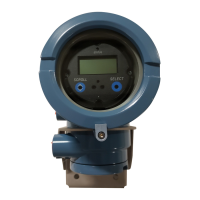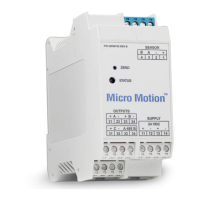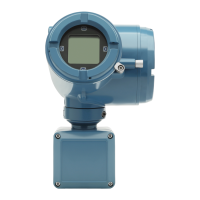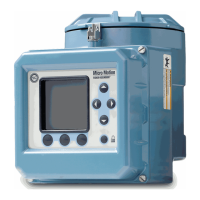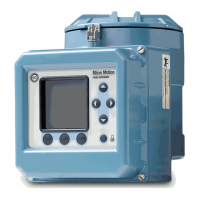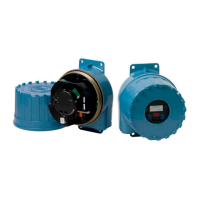Configuration and Use Manual 55
Required Configuration Optional ConfigurationUsing the TransmitterFlowmeter Startup
Chapter 7
Using the Transmitter
7.1 Overview
This chapter describes how to use the transmitter in everyday operation. The following topics and
procedures are discussed:
• Special applications on your transmitter (see Section 7.2)
• Viewing process variables (see Sections 7.4)
• Viewing transmitter status and alarms (see Section 7.5)
• Acknowledging alarms (see Section 7.6)
• Viewing and using the totalizers and inventories (see Section 7.7)
Notes: All ProLink II procedures provided in this section assume that your computer is already
connected to the transmitter and you have established communication. All ProLink II procedures also
assume that you are complying with all applicable safety requirements. See Chapter 3 for more
information.
If you are using AMS, the AMS interface will be similar to the ProLink II interface described in this
chapter.
All Communicator key sequences in this section assume that you are starting from the “Online”
menu. See Chapter 4 for more information.
7.2 Special applications
Your transmitter may support one of the following special applications:
• Petroleum measurement (API feature)
• Enhanced density
• Either Smart Meter Verification or the original version of the meter verification application
• Custody transfer
The special application must be enabled at the factory or by a Micro Motion field service engineer.
Configuration of the petroleum measurement application is discussed in Section 8.6. For information
on configuring and using the enhanced density application, see the manual entitled Micro Motion
Enhanced Density Application: Theory, Configuration, and Use. Smart Meter Verification is
discussed in Chapter 10. For information on configuring the custody transfer application, see
Chapter 11.

